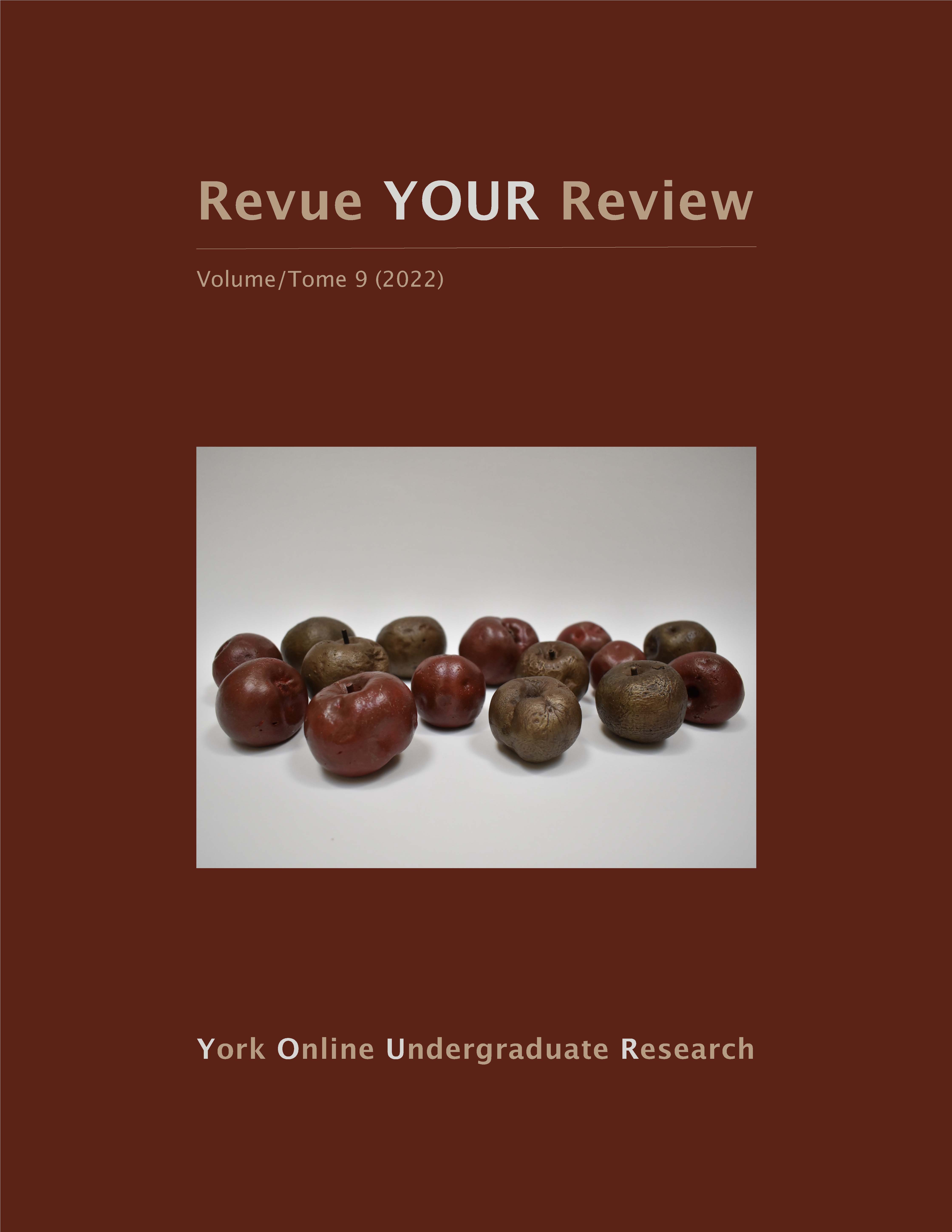Atypical Brain Connectivity in Autism
Abstract
Autism spectrum disorders (ASD) are characterized by difficulties in social interaction and communication, as well as restricted and repetitive behaviours. Although widely accepted as being neurodevelopmental in nature, the specific abnormalities of brain function underlying the disorder remain poorly understood. A growing number of studies have investigated the neuropathology of autism using functional connectivity magnetic resonance imaging (MRI) which investigates the relations among large-scale, functionally specialized brain networks. Research studying healthy adults has demonstrated that the antagonistic “default” and “dorsal attention” networks, which subserve internally and externally directed cognition respectively, are modulated by a third “frontoparietal control” network which flexibly couples with either the default or dorsal attention network depending upon locus of attention. We investigated resting-state functional connectivity within and between the default, dorsal attention, and frontoparietal control networks in a group of 25 adult males with ASD and a control group matched on age, intelligence quotient (IQ), and motion parameters. The hierarchical organization of brain networks, assessed via agglomerative clustering, was altered in the ASD group. Region-of-interest analyses identified abnormal functional connectivity of the left frontal eye fields which were hyperconnected to the medial prefrontal cortex and hypoconnected to the insula, which are thought to mediate context-memory binding and salient stimulus detection. Finally, graph theoretic analysis demonstrated an increase in betweenness centrality of the left middle frontal gyrus (Brodmann Area 6), a crucial interconnector node, in the ASD group. These results provide evidence that the typical resting-state relationships among the default, dorsal attention, and frontoparietal control networks are altered in ASD.
Downloads
Published
How to Cite
Issue
Section
License

This work is licensed under a Creative Commons Attribution-NoDerivatives 4.0 International License.
Authors contributing to Revue YOUR Review agree to release their articles under one of three Creative Commons licenses: Creative Commons Attribution 4.0 International; Creative Commons Attribution-NonCommercial 4.0 International; or Creative Commons Attribution-NoDerivatives 4.0 International. All editorial content, posters, and abstracts on this site are licensed under Creative Commons Attribution-NoDerivatives 4.0 International. For further information about each license, see:
https://creativecommons.org/licenses/
In all cases, authors retain copyright of their work and grant the e-journal right of first publication. Authors are able to enter into other contractual arrangements for the non-exclusive distribution of the e-journal's published version of the article (e.g., post it to an institutional repository or publish it in a book or in another journal), with an acknowledgement of its initial publication in this e-journal.


